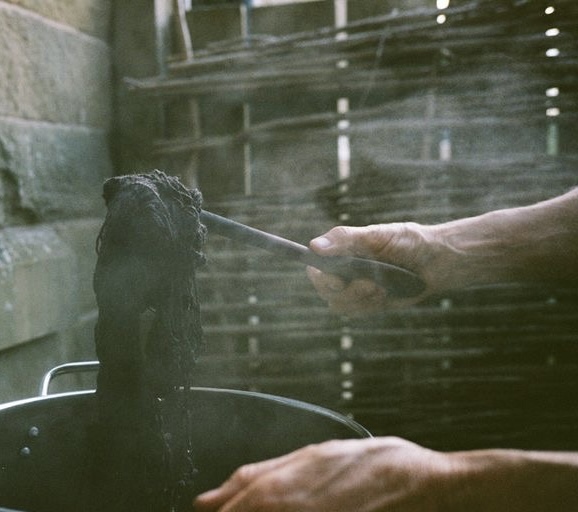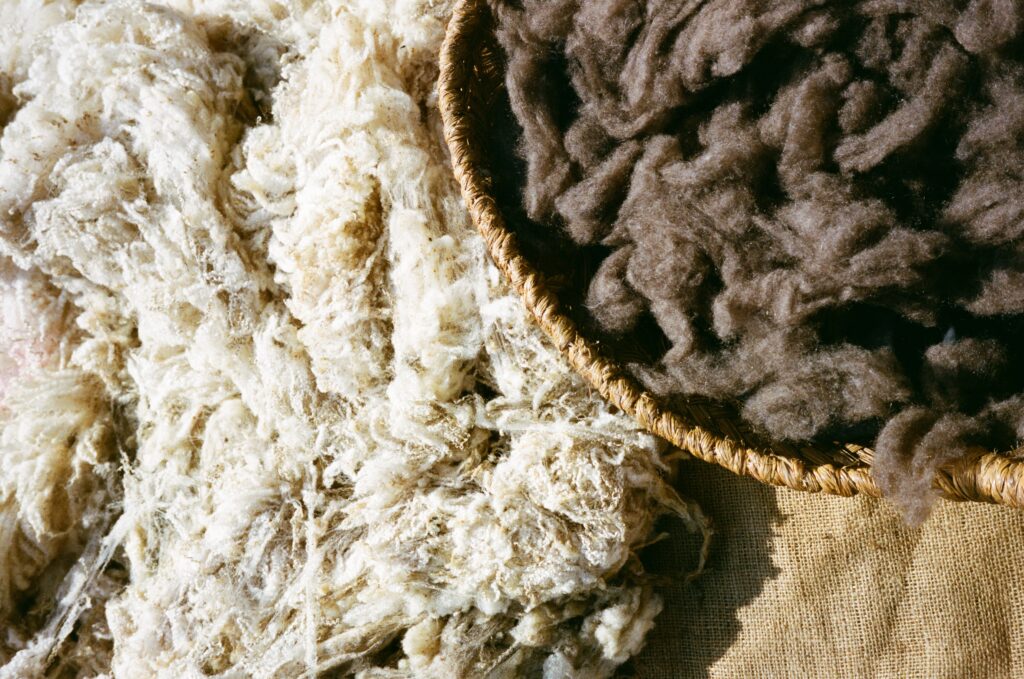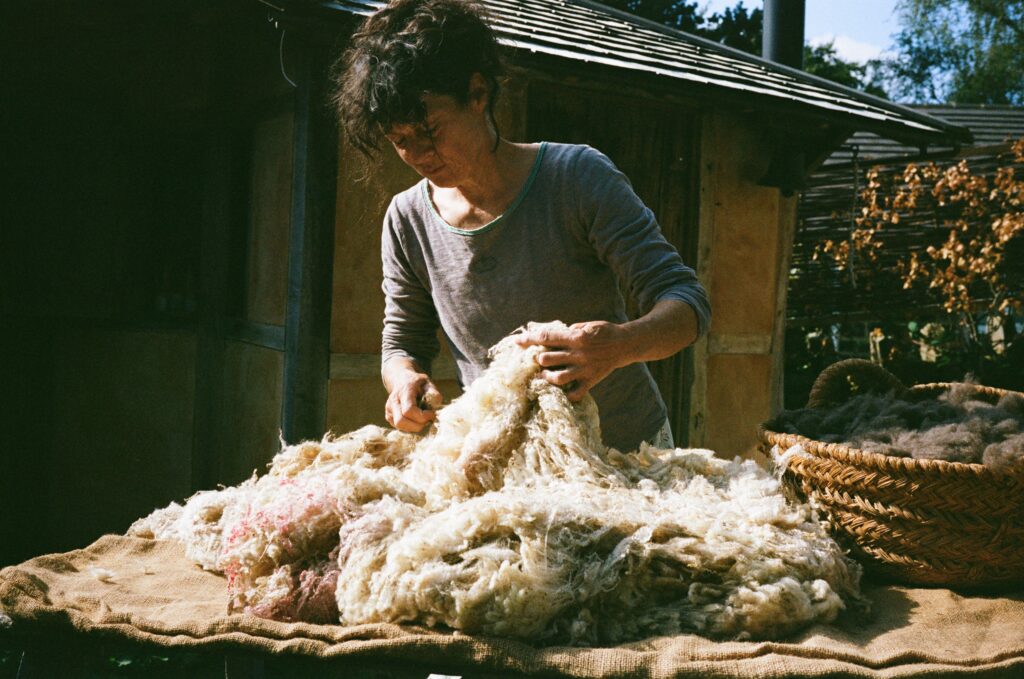Sustainability
Sustainability
The fibre is completely natural, organic, and sustainable. Yaks roam freely across the steppe and are only housed to protect them from harsh weather or predators, particularly when there are newborns.
The fibre is naturally shed each year and collected by herders before it is lost, ensuring minimal impact on the animals. Every step of the process is fully traceable, from the yak to the finished scarf.


The herders I work with in the Arkhangai region have formed a cooperative with other local families. The cooperative helps make the yak fibre harvest profitable, which in turn sustains their traditional nomadic lifestyle.
Its members gather once a month in a family ger, often travelling by horseback or motorbike with a bottle of vodka tucked into their traditional clothing. These meetings are for sharing information, swapping stories, and contributing to a communal fund. This fund is distributed at the end of the year to support families facing hardship, particularly after severe winters when livestock losses can be devastating.

Sourcing
I work directly with herders who are members of the cooperative, and there is a real satisfaction in knowing the yaks that have produced the fibre I use. The process is environmentally ethical, supporting both the animals and the steppe ecosystem.
On average, a yak produces only around three pounds of down fibre each year, making khullu a rare and precious material. It is entirely biodegradable and chemical-free, and when blended and woven, it safeguards a heritage of innovation and craftsmanship that is both ancient and enduring.
The same principles guide my work with Bluefaced Leicester wool in Yorkshire. I source fleeces from four family farms in my community, people I have known all my life. Their sheep produce lustrous, durable wool without chemicals, sustaining rural livelihoods and keeping traditional farming practices alive.
Preservation
Mongolia’s pastoral traditions have faced enormous challenges over the past decades. After Soviet control ended in the 1990s, many people were pushed into subsistence herding. Livestock numbers rose sharply, particularly cashmere goats, whose fibre has a ready market and high value. This contributed to overgrazing, soil erosion, and desertification, at the same time as climate change was making winters harsher, summers drier, and pastures increasingly fragile.
In response, initiatives across Mongolia are encouraging herders to keep fewer goats and more yaks. Unlike goats, yaks graze less closely to the ground, leaving a protective layer of vegetation. Their larger hooves also cause less damage to soil structure and root systems. Shifting towards yak herding helps preserve the steppe ecosystem, while continuing to support sustainable livelihoods and the traditions of nomadic life.

